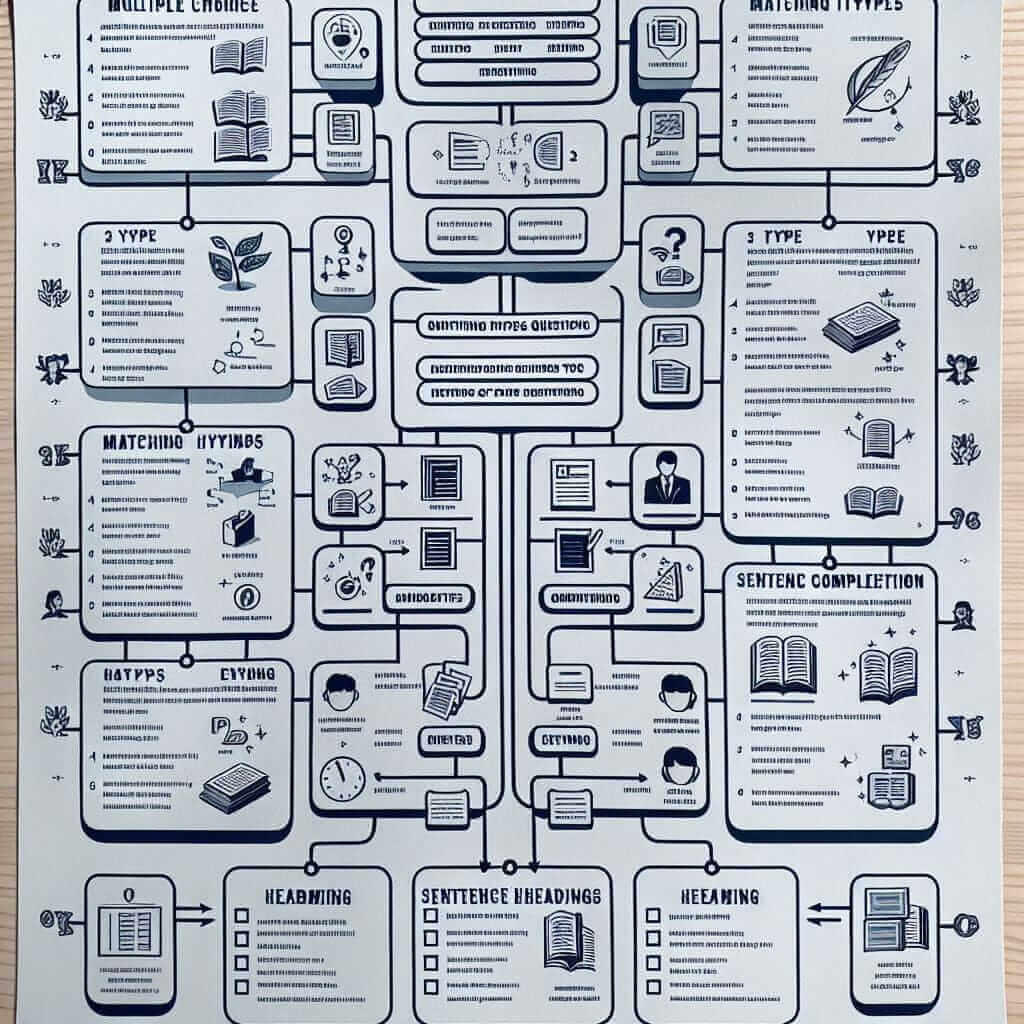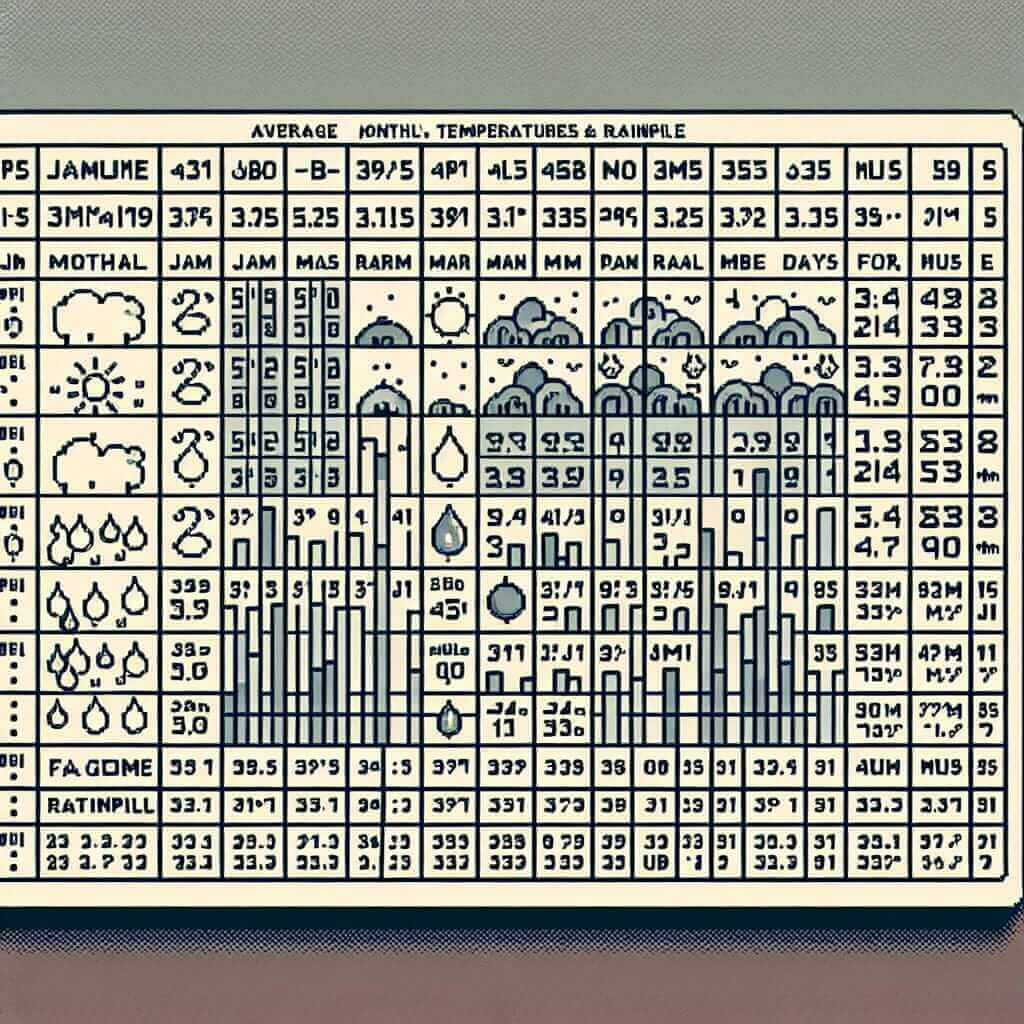As an IELTS instructor with over 20 years of experience, I’ve encountered numerous reading passages on the test, and the topic of the health benefits of chocolate often arises. This isn’t surprising given its popularity as a research subject and its relevance to our daily lives. Let’s delve into why this topic appears in IELTS Reading and how you can tackle such passages effectively.
Nội dung bài viết
Understanding the Relevance in IELTS Reading
The IELTS Reading test assesses your ability to comprehend complex texts, identify key information, and understand the writer’s opinions and arguments. Articles about “why eating chocolate is good for you” are often selected for these reasons:
- Scientific Theme: Such passages often explore scientific studies, research methodologies, and the debate surrounding health claims. This tests your ability to understand scientific language and interpret data.
- Argumentative Style: These texts may present arguments for and against the benefits of chocolate consumption, challenging you to identify different viewpoints and supporting evidence.
- Vocabulary Focus: Passages on this topic are rich in vocabulary related to health, nutrition, and scientific processes, helping you develop a broader lexical range.
Approaching “Chocolate is Good for You” Passages
Here’s how to effectively tackle these IELTS Reading passages:
1. Skim for the Main Idea
Quickly skim the passage to grasp the overall message. Is it primarily promoting the health benefits of chocolate, debunking myths, or presenting a balanced view?
2. Scan for Specific Information
Use keywords from the questions to locate relevant information within the passage. Pay close attention to:
- Types of chocolate: Distinguish between dark chocolate, milk chocolate, and white chocolate, as their nutritional profiles differ significantly.
- Specific compounds: Look out for mentions of flavonoids, antioxidants, and other beneficial compounds found in chocolate.
- Quantities and frequency: Note any recommended amounts of chocolate consumption for optimal benefits.
3. Practice Identifying Different Question Types
Familiarize yourself with common question types, such as:
- True/False/Not Given: Determine if statements align with the information in the passage.
- Matching headings: Choose the most appropriate headings for different sections of the text.
- Sentence completion: Fill in blanks using words from the passage.
- Summary completion: Complete a summary of the passage using a provided word list.
 Types of Chocolate
Types of Chocolate
Example:
Let’s imagine an IELTS Reading passage titled “The Sweet Truth About Dark Chocolate.”
A potential question could be:
Do the authors of the passage believe that all types of chocolate are equally beneficial for health?
To answer this, you would need to scan the passage for comparisons between dark, milk, and white chocolate, focusing on their respective health impacts.
Tips for Success
- Expand your vocabulary: Regularly read articles and research papers on health and nutrition to improve your understanding of related terminology.
- Practice active reading: Highlight key information, take notes, and summarize paragraphs to enhance your comprehension.
- Time management: Allocate time wisely for each passage and question to avoid rushing.
Remember, the IELTS Reading test assesses your ability to quickly and accurately understand complex texts. By honing your reading skills and familiarizing yourself with common themes, you can confidently approach any passage, even one about the delightful topic of chocolate.


